What Happens to Your Skin During Radiation Therapy?
Most people undergoing radiation therapy will see changes to their skin - and it usually starts sooner than you think. Around day 7 to 10, the treated area might feel warm, look slightly red, or become sensitive to touch. This isn’t an infection or an allergic reaction. It’s your skin responding to the radiation hitting the cells just beneath the surface. By week 3 or 4, many patients notice dryness, flaking, or peeling - like a sunburn that won’t go away. In more intense cases, especially with head, neck, or breast radiation, the skin can break open, weep fluid, or form blisters. This is called moist desquamation, and it affects about 1 in 4 people receiving treatment in those areas.
The good news? These reactions are predictable. Radiation oncologists know exactly how skin responds to different doses. If you’re getting more than 25 grays (Gy) to a large area, your care team will expect some level of breakdown. But you don’t have to wait until it gets bad to act. The most effective skin care starts before you see redness. Gentle cleansing with a pH-balanced, fragrance-free soap like Cetaphil, lukewarm showers (never hotter than 104°F), and applying a ceramide-based moisturizer within three minutes of drying off can make a real difference. Avoid alcohol-based wipes, perfumed lotions, and tight clothing over the area. One patient on Reddit shared that using Cavilon No Sting Barrier Film kept her skin from breaking down entirely - and she wasn’t alone. Products like RadiaPlex Rx and Biafine are now commonly recommended by nurses because they’ve been tested in clinical trials.
Why You Feel So Tired - And Why Rest Alone Won’t Help
Fatigue isn’t just being sleepy. It’s a deep, bone-weary exhaustion that doesn’t go away after a nap or a good night’s sleep. About 8 out of 10 people receiving radiation feel this way. It usually starts around week 2 or 3, gets worse through week 5 or 6, and doesn’t magically disappear when treatment ends. The reason? Radiation doesn’t just target cancer cells. It also affects healthy tissue, triggering inflammation and changing how your body uses energy. The more area being treated - like your whole pelvis or brain - the worse the fatigue tends to be. Patients getting whole-brain radiation report severe fatigue at nearly twice the rate of those getting localized treatment.
Here’s what most people don’t expect: fatigue gets heavier as treatment goes on. You might think, “I felt fine last week, so I’ll keep doing the same things.” But your body is accumulating stress. One patient described sleeping 16 hours a day and still feeling drained. That’s not laziness - it’s biology. The key isn’t more rest. It’s movement. Multiple studies show that moderate exercise - like a 30-minute walk five days a week - reduces fatigue by 25 to 30%. Resistance training twice a week helps too. A 58-year-old breast cancer patient in a MD Anderson case study maintained near-normal energy levels by walking daily and lifting light weights. Her fatigue score was 22 points lower than others who didn’t exercise. Don’t wait until you’re exhausted to start. Begin with 10 minutes a day. Build slowly. Even standing up and stretching every hour helps.
How Long Does Recovery Really Take?
Many patients assume that once radiation ends, they’ll bounce back quickly. That’s not always true. Acute skin reactions usually heal within 2 to 4 weeks after treatment stops. Redness fades, peeling stops, and the skin starts to feel normal again. But late effects can take months - or never fully go away. If you had radiation to the scalp, you might lose hair. About half of it grows back by 2 to 3 months. But if you received over 50 grays, there’s a 15 to 20% chance the hair loss is permanent. Tiny red veins called telangiectasias may appear on your skin 5 years later. Skin can also thin and harden (fibrosis), especially after head and neck treatment. This isn’t dangerous, but it can limit movement or cause discomfort.
Fatigue lingers longer than most expect. While some people feel better within a month, others take 6 months to a year to regain their usual energy. The body needs time to repair damaged cells and reset its energy balance. There’s no magic pill. But structured routines help. Stick to a consistent sleep schedule. No more than 20-30 minute naps during the day. Avoid caffeine after 2 p.m. And keep moving - even if it’s just a slow walk around the house. The National Comprehensive Cancer Network recommends tracking your energy levels daily. If you notice a pattern - say, you’re worse on Tuesdays - you can adjust your schedule. Recovery isn’t about getting back to how you were before cancer. It’s about building a new normal.
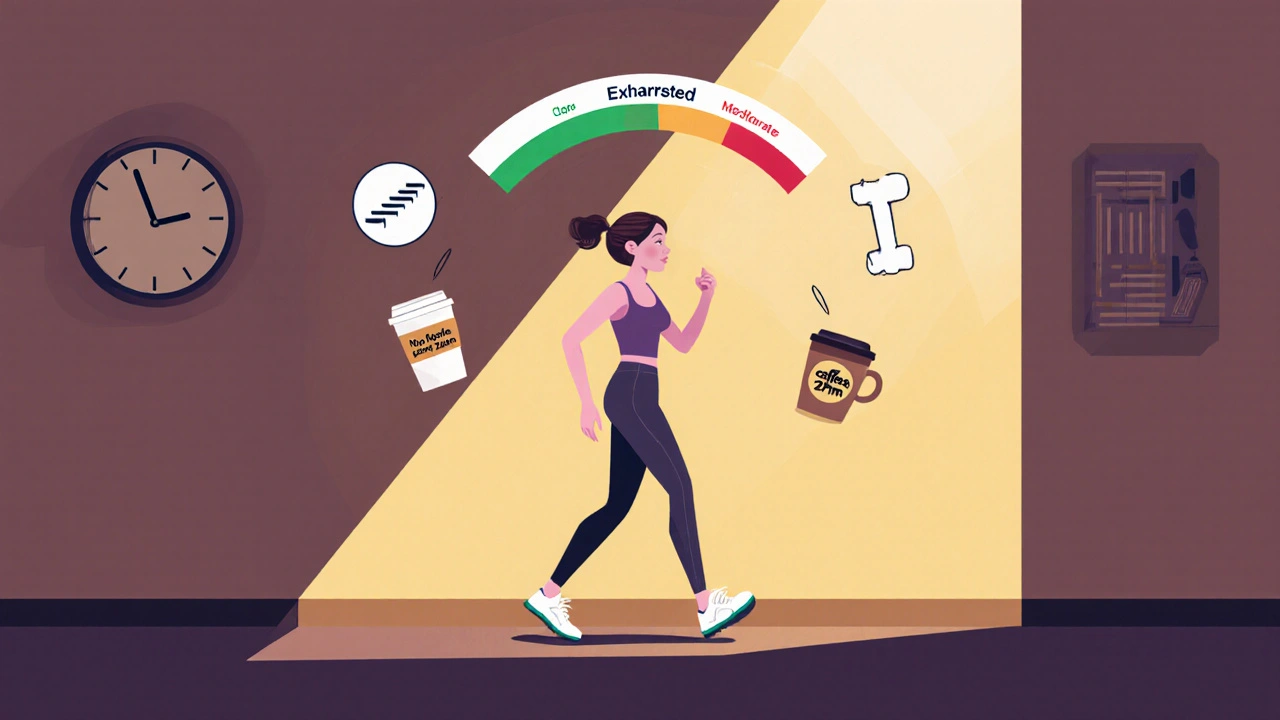
What Works - And What Doesn’t
There’s a lot of advice out there, and not all of it helps. Here’s what the science says:
- Do: Use fragrance-free, alcohol-free moisturizers with ceramides or hyaluronic acid. Apply them gently, don’t rub.
- Do: Keep the skin clean and dry. Pat - don’t scrub - after showers.
- Do: Wear loose, soft clothing. Cotton is best. Avoid wool or synthetic fabrics that rub.
- Do: Try hydrogel dressings if your skin breaks open. They cut healing time by a third.
- Do: Walk 30 minutes, five days a week. Even if you’re tired. Start with 10.
- Don’t: Use steroid creams unless your doctor prescribes them. They don’t prevent radiation dermatitis and can thin your skin further.
- Don’t: Apply ice packs, heating pads, or sunscreen (unless approved) to treated skin. Sun exposure after radiation makes damage worse.
- Don’t: Wait until you’re exhausted to start moving. Fatigue gets worse without activity.
- Don’t: Ignore changes. Report blisters, open sores, or pain that doesn’t improve in 48 hours.
Some products marketed for radiation skin care have no real evidence behind them. Stick to those recommended by your care team - especially if they’re backed by clinical trials. The market for these products is growing fast, but not every expensive cream works. In fact, 78% of U.S. cancer centers now only use products with published data showing benefit.
What’s New in Managing Side Effects
Science is catching up to what patients have been saying for years: side effects matter as much as the cancer itself. New tools are making it easier to manage them. One big advancement is the PRO-CTCAE system - a digital tool that asks you to rate your skin and fatigue levels each week. Your nurse sees your answers in real time and can adjust your care before things get serious. Another breakthrough is the FDA-approved app Vitality by Mindstrong Health. It uses cognitive behavioral techniques to help patients manage fatigue. In trials, users saw a 28% drop in fatigue scores.
Researchers are also looking at genetics. The REQUITE project found 12 genes linked to higher risk of severe skin reactions. Soon, your treatment plan might include a simple saliva test to see if you’re at higher risk - and then tailor your skin care before you even start radiation. Proton therapy, which delivers radiation more precisely, reduces skin damage by 25 to 40% compared to older methods. But it’s not widely available - only 42 centers in the U.S. offer it, and insurance coverage varies.
There’s also a new topical drug, ON 01910.Na, in phase III trials. Early results show it cuts moderate to severe skin reactions by 40%. It’s not on the market yet, but it’s a sign that better prevention is coming.
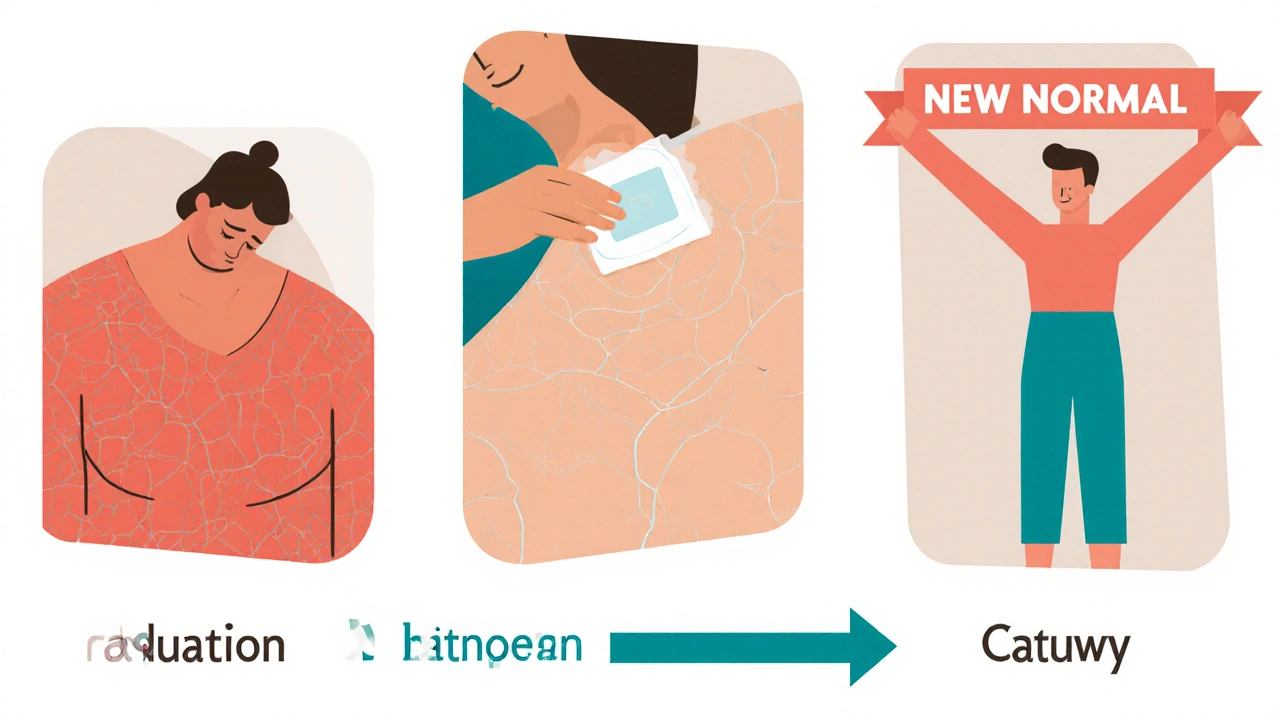
What to Ask Your Care Team
Don’t assume your team will bring up everything. Be proactive. Ask:
- “What skin care products do you recommend for my treatment area?”
- “Will I need hydrogel dressings? Can you show me how to apply them?”
- “What’s my expected fatigue level based on the treatment area and dose?”
- “Can I get a referral to a physical therapist who works with cancer patients?”
- “Is there a digital tool I can use to track my symptoms?”
- “What should I do if my skin breaks open or I can’t get out of bed for more than two days?”
Most cancer centers now have radiation oncology nurses who specialize in side effect management. They’re your best resource. Don’t wait until you’re in pain to call them. Call at the first sign of redness, dryness, or unusual tiredness. Early intervention makes all the difference.
Real Stories, Real Results
One woman in her 60s, getting radiation for breast cancer, was told to “just rest.” She felt worse each week. Then her nurse suggested walking 15 minutes after breakfast. She started with a single lap around her house. By week 4, she was walking half a mile. Her fatigue score dropped from 72 to 58 in six weeks. She didn’t feel “cured” of fatigue - but she felt in control.
A man with head and neck cancer developed painful skin peeling. His nurse gave him a prescription for a hydrogel dressing. He changed it every 48 hours. Within 10 days, the open areas began to close. He didn’t miss a single treatment.
Another patient kept using her regular body wash because “it smelled nice.” By week 5, her skin was raw. She switched to Cetaphil and started using a barrier film. The pain eased. She didn’t get blisters.
These aren’t miracle stories. They’re the result of simple, evidence-based actions taken early - before things got out of hand.


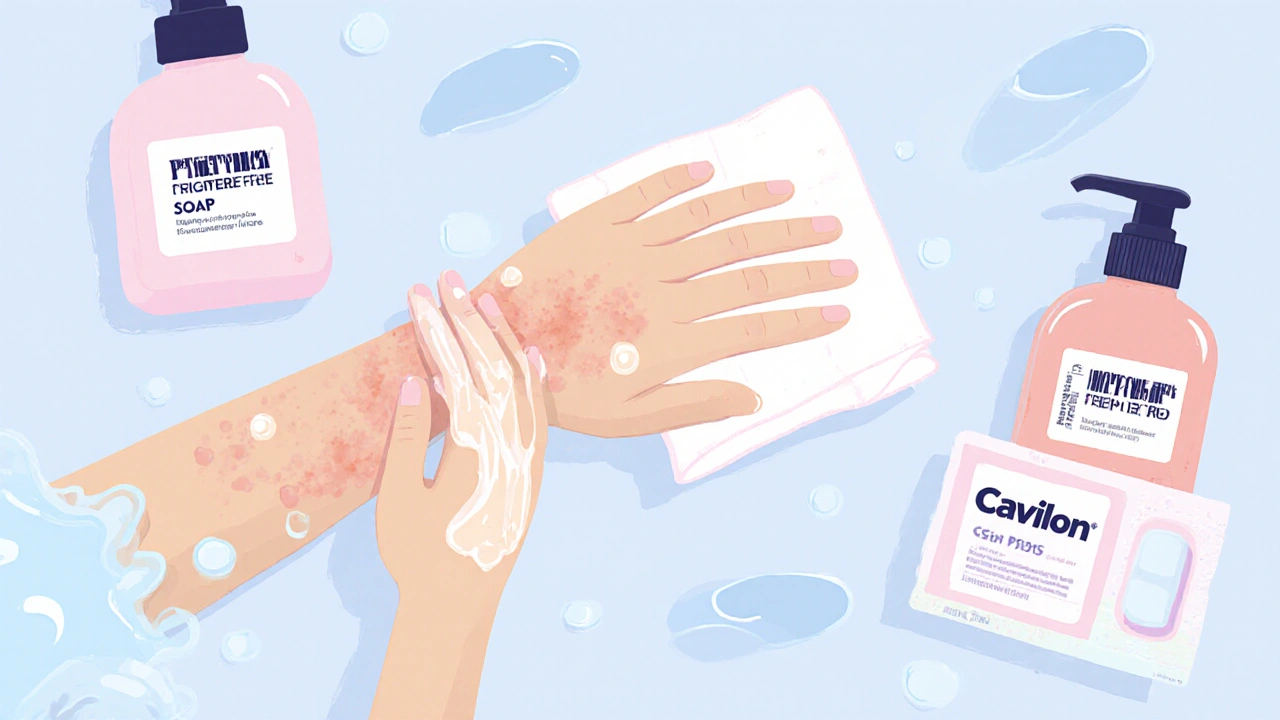
 Medications
Medications
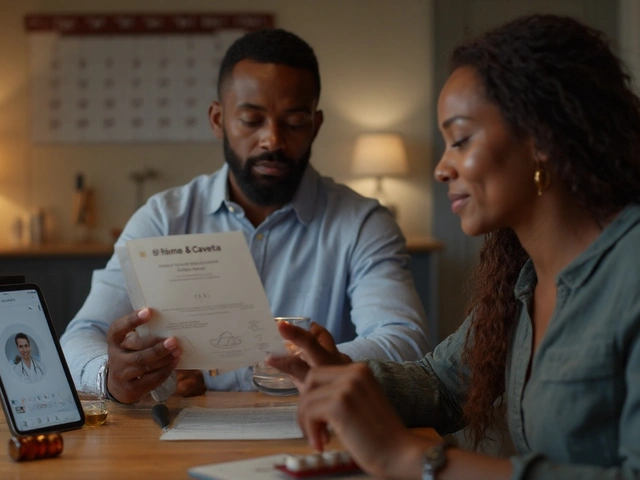

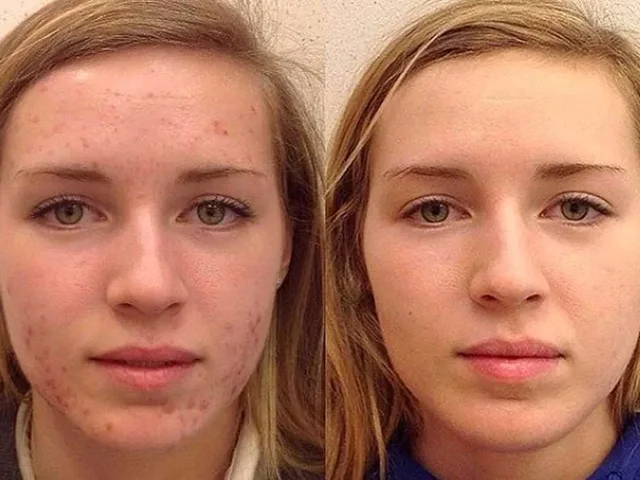


Christine Eslinger
November 17, 2025 AT 13:01Also, the 30-minute walk thing? Totally true. I was dragging myself around like a zombie, but after two weeks of daily walks, I actually started looking forward to them. Not because I felt better immediately, but because I felt like I wasn't just waiting to die.
Denny Sucipto
November 19, 2025 AT 06:45Holly Powell
November 19, 2025 AT 16:06Emanuel Jalba
November 21, 2025 AT 15:38Heidi R
November 22, 2025 AT 00:59Katelyn Sykes
November 22, 2025 AT 19:59Gabe Solack
November 23, 2025 AT 22:19Yash Nair
November 25, 2025 AT 21:56Bailey Sheppard
November 26, 2025 AT 01:37Girish Pai
November 27, 2025 AT 18:33Hal Nicholas
November 27, 2025 AT 22:45Louie Amour
November 28, 2025 AT 12:52Kristina Williams
November 29, 2025 AT 01:18